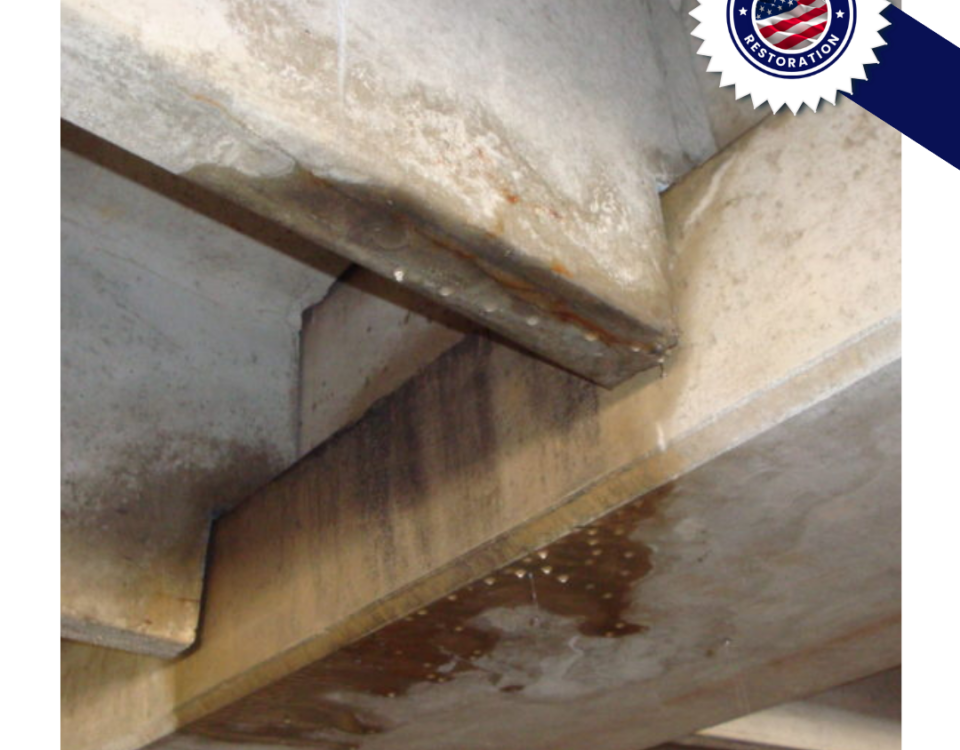reeze-Thaw Cycle
The outside elements are constantly working against a structure’s exterior. Most commonly, sun and storm damage happens, however, there is another equally damaging problem called the freeze-thaw cycle.
If water gets trapped inside a material such as concrete for example and the temperature falls below 32°F, it creates extreme pressure on the material as it expands. When the temperature rises, the water contracts as it melts. This is called the freeze-thaw cycle and it occurs when water expands by nearly 10-15% as it freezes. During this process, the voids are enlarged, enabling the accumulation of additional water during the next thaw; this results in additional cracking during the next freeze. As this cycle happens over again over the years the cumulative effect can eventually cause cracking and serious structural damage to the materials.
Freeze-Thaw Prevention
A common way to prevent freeze damage is by controlling rain, ice, and snow penetration. Properly maintained building connection points, seems, and joints to prevent water penetration. Make sure all of the façade and roofing on your property is properly sealed. Additionally, be sure to control the surrounding groundwater. Make sure the property is well-drained and soil slopes away from your structure.
As we are entering the winter, with colder temperatures overnight and warming up during the day, we are in prime time for freeze-thaw cycle damage. Get ahead of the problem with prevention. If you need a reliable partner to help make sure your property is ready for the cold, or if you find yourself in need of repair after the damage has been done, call Freedom Restoration.




